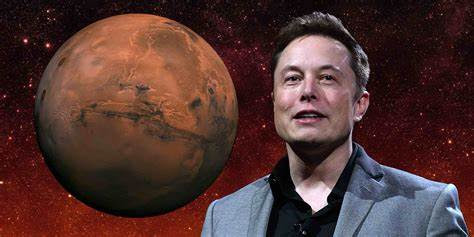COLONIZING MARS
EARTH – the only planet that can sustain life. With the world developing at a rapid rate, our dwellings have also developed. Humans are spreading their wings of achievements in all fields and planets aren’t exempted. Mars is the next big thing. Human missions to Mars have been part of science fiction since the 1880s, and more broadly, in fiction, Mars is a frequent target of exploration and settlement in books, graphic novels, and films. The concept of a Martian as something living on Mars is part of the fiction. Andy Weir's 2011 novel The Martian and its popular 2015 film adaptation were a successful hard science fiction take on the concept. Elon Musk the richest person in the world, was long convinced that for life to survive, humanity has to become a multiplanet species. However, he was dissatisfied with the great expense of rocket launchers. This pushed the billionaire to start Space Exploration Technologies (SpaceX) on 14th March 2002. A space launch provider, and a satellite communications corporation headquartered in Hawthorne, California was born, with the mission of reducing space transportation costs to enable the colonization of Mars. Elon Musk predicts a crewed mission to Mars in 2029. In 2016, Musk said that a meaningful number of people could reach the red planet in 10 years. Though there is no life on mars there have been signs of water in the form of ice. A NASA experiment on mars has turned some of the red planet’s tenons toxic atmosphere into oxygen. In the Martian atmosphere, 95% of it is carbon dioxide and 0.13% oxygen compared with 21% oxygen in earth’s atmosphere. Hopefully, in the next 10 years, the percentage of oxygen will increase for life to form and the mission of colonizing Mars may be successful.
Manjima Manoj - Grade 7




Comments
Post a Comment